
Two to three years are more than enough for a mobile phone company to become a hero from zero and vice versa. BlackBerry – formerly known as Research in Motion – was the undisputed smartphone leader with Nokia but the mobile industry underwent a sea change since the entry of Apple. Samsug and Apple rule the roost now and the yesteryear leaders like BlackBerry and Nokia are struggling for a decent market share.
While Nokia hedged their future on Windows Phone OS, BlackBerry chose to go with their own OS known as BlackBerry 10. The first device to be powered by the new OS is the BlackBerry Z10 and we take a thorough look at the device to see if it can answer the threat from Apple and Samsung.
Design:
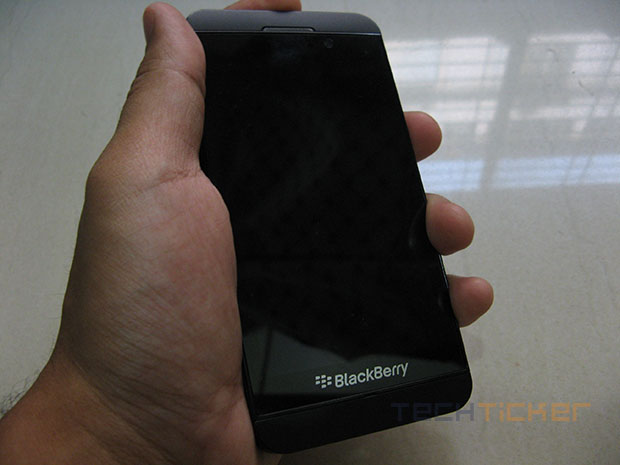
BlackBerry is known for its physical QWERTY keyboard but BlackBerry went with a full touch device as the maiden BB10 device. The design of the Z10 is pretty simple. The front sports the 4.2-inch display, front-facing HD camera at the top, volume buttons on the right hand side, microUSB and microHDMI ports on the left and a 3.5mm headphone jack and the power button at the top. The back hosts the ubiquitous BlackBerry logo and a 8MP camera.
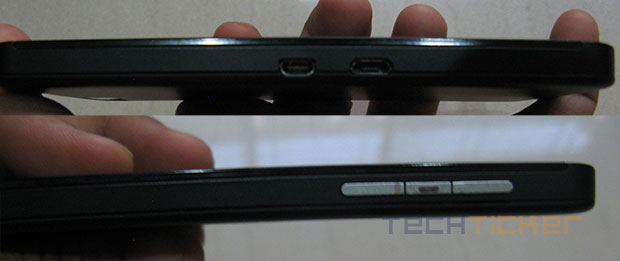
The front has a glossy surface whereas the back is a complete contrast with rubbery textured finish that enables a better grip while holding or when placing it on a desk.
Display:

Android manufacturers are going with bigger displays but BlackBerry opted for a moderately-sized 4.2-inch display. It’s an HD display that supports a resolution of 1280×768 pixels and has a pixel density of around 355 ppi. High ppi ensures the text and images look crisp and is a decently lit display.
Software:
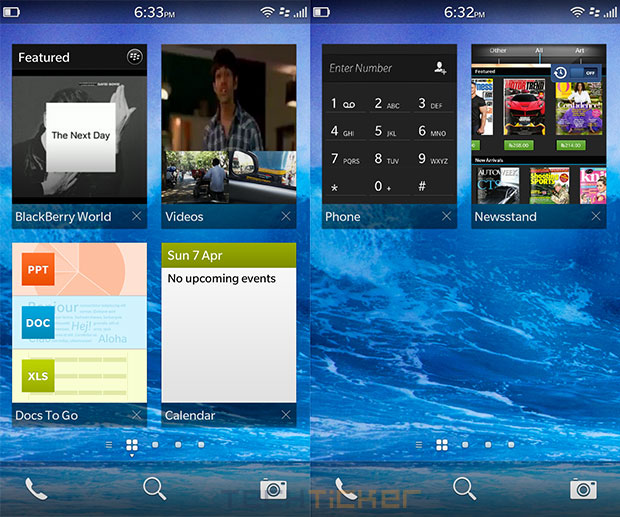
The BlackBerry 10 OS is a big step up when you compare the OS with the other existing BlackBerry operating systems. I think it’s safe to say that even though you maybe a BlackBerry user, the learning curve for the new OS is the same for an old and a new BlackBerry user.
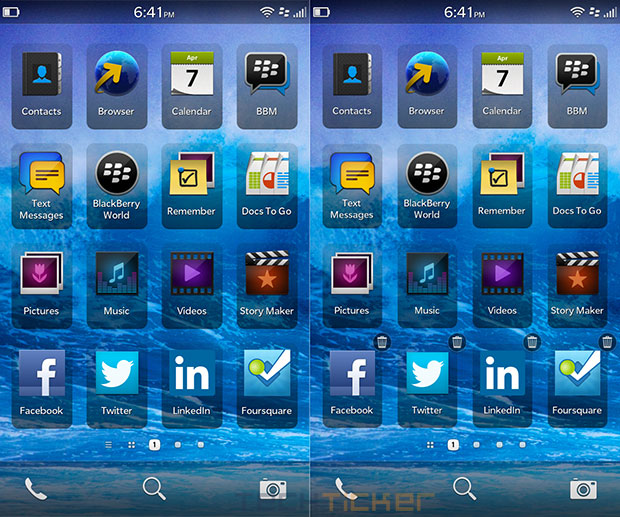
Yes, it takes some time to get used to the new swipe and gestures but it shouldn’t take more than a day to master them. Similar to the PlayBook, the Z10 relies on gestures. A user can wake the device by pressing the power button or simply swiping from the bottom of the screen. The UI is nicely segregated into three parts – the app manager, app drawer and the BlackBerry Hub. The app manager screen that shows all the opened apps and displays a small thumbnail giving a view of the app. Interestingly, a user is required to tap on the small ‘X’ button located at the bottom right to close the app. Now it’s not much of an issue but BlackBerry could make it more intuitive by allowing swiping up of the app to close it. Swiping right from the app manager will reveal the app drawer whereas swiping left will open the BlackBerry Hub.
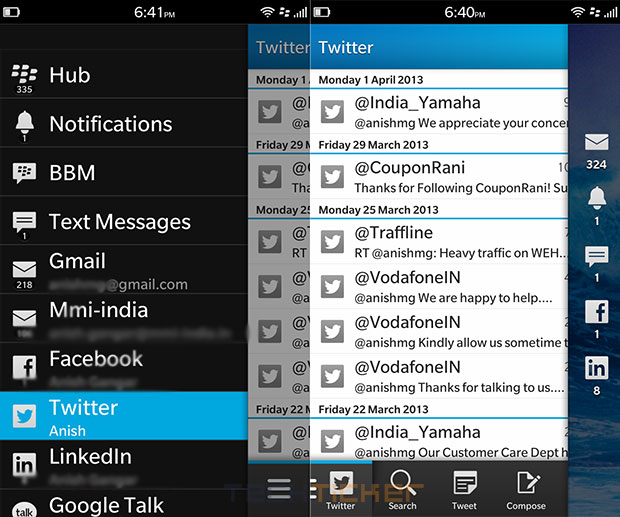
As the name suggests, the BlackBerry Hub is a central place that gives a unified view of all the social activities like BBM, Twitter, Facebook, emails, SMS etc and can be accessed from anywhere in the phone by swiping up and right.
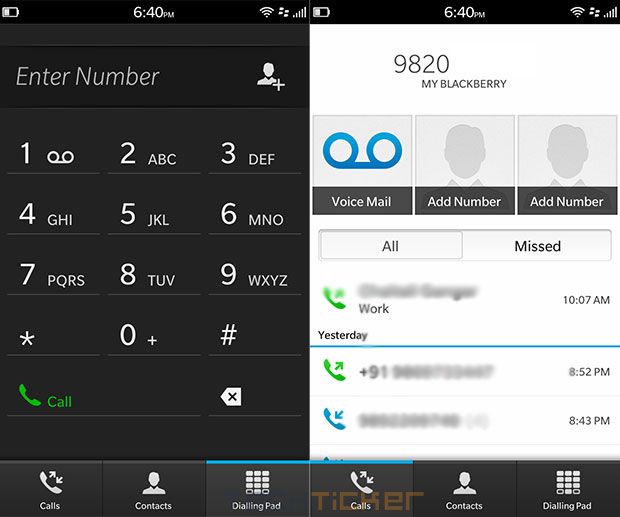
The apps are delivered through the BlackBerry World and it hosts a decent number of apps with many more top titles from other platforms are expected soon.
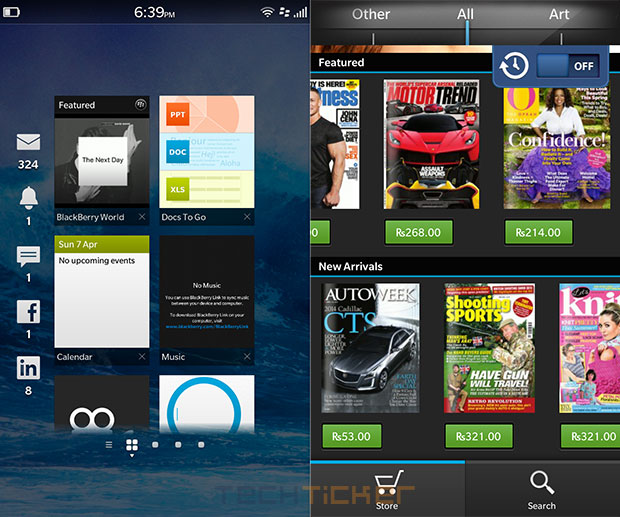
As I have said before, BlackBerry’s uniqueness is their integration of an amazing keyboard and Z10 has a good keyboard as well, albeit a virtual one. The prediction text offered by the keyboard is really good and makes it a breeze to type on.
There are other features like the BlackBerry Balance and BlackBerry Story Maker.
Overall, the software seems polished and though a user will have to learn a bit, it won’t be that difficult to adopt since BlackBerry integrates some tutorial videos right inside the phone.
Performance:
Ensuring a smooth running of the new OS is a Snapdragon dual-core 1.5GHz processor and 2GB RAM. During my moderate to heavy use, the phone showed no signs of slowing down. As for the memory, it comes with a 16GB internal memory but supports microSD card up to 32GB.
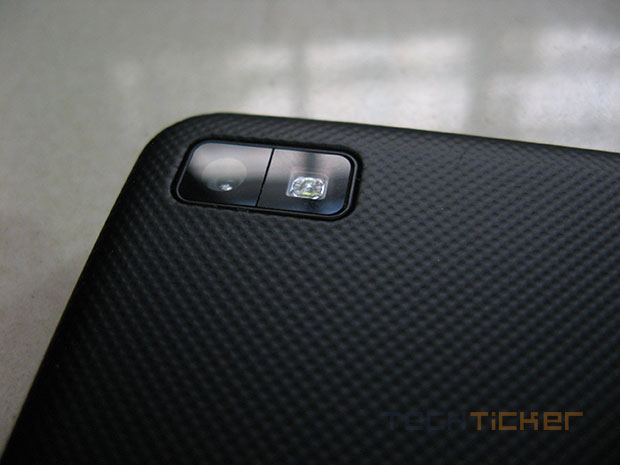
The camera on the back is an 8MP one and produces some decent pictures. The camera interface is snappy and even allows to Timeshift images so as to produce a perfect picture. The Z10’s camera also supports Burst shots that goes well in excess of 120 shots and supports full HD video recording.
 |
| BlackBerry Z10 Sample Shots |
Moving onto the multimedia front, the Z10 is no slouch in that department either. Most videos I loaded up, including 1080p and 720p content worked fine and had a decent audio quality output.
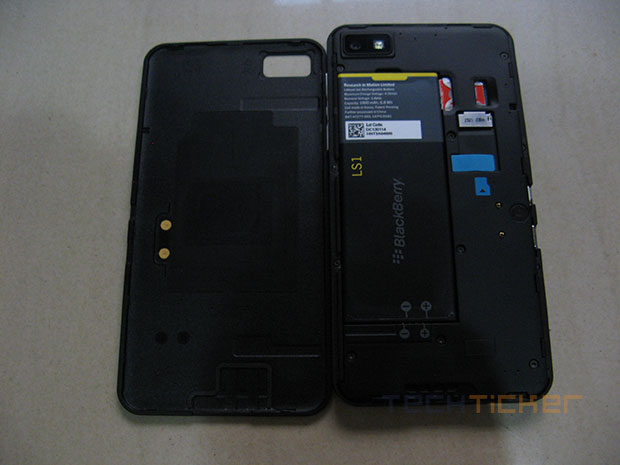
The BlackBerry Z10 comes with an 1800mAh battery and with moderate use of data, calls, music and video, the phone lasted easily a day before having to plug it into the AC charger.
Conclusion:
All said and done, is this phone worth buying? The BlackBerry Z10 is a good phone, no doubt but the phone’s undoing is its price. In the similar price range, users have got the iPhone 5, Galaxy S4 or even the HTC One to choose from, all of which either have a superior hardware, design or huge app support. Admittedly, Z10 is BlackBerry’s first attempt with the new OS and BlackBerry will come out with newer and better devices but when a phone is reckoned as a ‘comeback’ device, BlackBerry could’ve priced it more aggressively to win back the lost BlackBerry customers and gain some new ones. consumer’s choice is based on the wallet and not the loyalism, a cheaper Z10 would’ve won few more customers for BlackBerry.
BlackBerry Z10 retails for Rs. 42,490.
Rating: 
Pros: Great Design, Smooth Performance
Cons: Price, Closing apps could be more intuitive
With inputs from Anish Gangar.
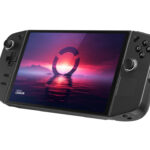




Leave a Reply